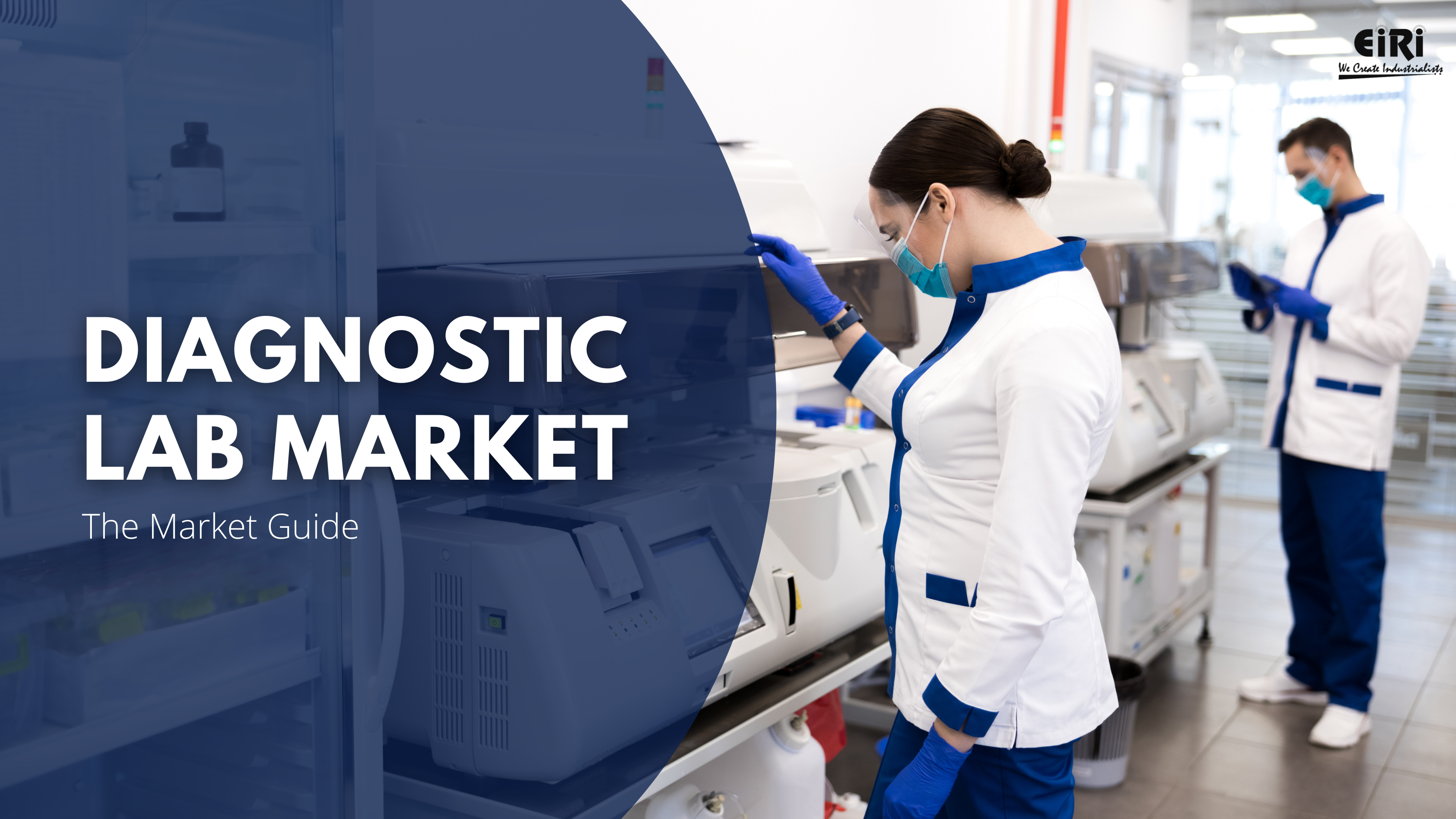The Only Guide You Need to Start a Diagnostic Lab Business
Research reveals that more than 70% of the decisions that healthcare professionals make depend on the results put forth by the pathology labs. So, it doesn’t come as a surprise that the diagnostic lab market in India is projected to expand by 21% in the near future.
However, starting up your own diagnostic laboratory can be quite overwhelming, owing to the host of challenges that accompany it. These include:
- Pricing Issues: The cost of running a diagnostic laboratory varies from one region to another and also depends upon the number of testing procedures and facilities one wants to expedite. In addition, there are other costs like rent for space, utilities, etc., which need to be factored into the overall
- Talent Retainment: It takes time to train new employees who will work with you at your facility. This means that if you want to start a business today, you have to hire people now to get them trained before you commence the business. At the same time, it’ll be your responsibility to keep them satisfied for a prolonged run.
- Volume Pressure: The COVID-19 pandemic exerted extreme pressure on the healthcare sector, especially during its second wave. Scenarios like these reflect upon the demand for tests and hence, the volume of orders placed by hospitals. However, this may not necessarily translate into increased revenue for laboratories because their margins tend to decrease when volumes rise.
- Quality of Service (QoS): A good quality service should meet all requirements of patients and physicians alike. But how do we ensure that? First off, one must understand what our customers expect out of them. Secondly, one must know whether or not they’re meeting those expectations. In addition, one must continuously improve themselves while maintaining high standards.
- Finding Capital Investment: If you don’t have enough capital investment, then you won’t be able to set up an effective diagnostic lab. And since most startups fail within three years, finding money isn’t easy. Therefore, it’s important to find investors who believe in your vision and can help you execute it successfully.
Nevertheless, these challenges aren’t insurmountable; rather, they just require some planning and foresight. That said, here are five tips that can help you overcome each challenge listed above:
- Understand Your Market: Before setting up any kind of medical diagnostics business, figure out where exactly you’d like to operate. Do you want to cater only to private practices, or would you prefer working with government institutions too? Once you’ve decided on your target audience, you can proceed further.
- Identify Potential Customers: Next, identify potential clients based on their needs. For example, if you plan to offer services related to blood transfusions, then focus on hospitals and clinics offering such treatments. On the contrary, if you intend to provide genetic analysis services, then look for companies that perform DNA sequencing.
- Understand Their Requirements: After identifying your prospective clientele, make sure you understand their requirements. What is it about their current processes that make them unsatisfied? How much does it cost them to maintain their existing systems? These questions will give you insight as to why they need a change.
- Find Out Who They Are Using Now: Finally, conduct research focused on deciphering which laboratory providers are currently being used by your prospects. By doing so, you’ll gain valuable information regarding their preferences and limitations. Moreover, you’ll also learn more about their pain points and how they could benefit from having a different provider.
Here’s the Indian Market Overview of the Diagnostic Lab Business
India has been witnessing a surge in the number of people seeking treatment due to various diseases. This increase in patient load has led to significant growth in the market size of the diagnostic lab industry. In 2020, India’s diagnostic market was valued at INR 675 billion.
Hospitals that featured their own labs contributed 37% to this value, while associated regional and Pan India diagnostic chains contributed 16%. Favourably, standalone centres, i.e., small diagnostic labs, contributed the most with 47% of the market share.
The increasing demand for advanced testing methods coupled with rising awareness among consumers is driving the growth of this market. However, high costs associated with running laboratories may hinder the expansion to an extent.
As mentioned above, lack of skilled professionals and inadequate infrastructure, too, pose major barriers to the development alongside stringent regulations pertaining to quality control procedures and safety standards.
However, there’s no denying that the growing investments made by governments across countries have helped boost the adoption rate of new technologies. As a result, the market is projected to witness robust growth during the forecast period even with all the challenges considered.
To know more about the diagnostic lab business, reach out to us for detailed reports.




